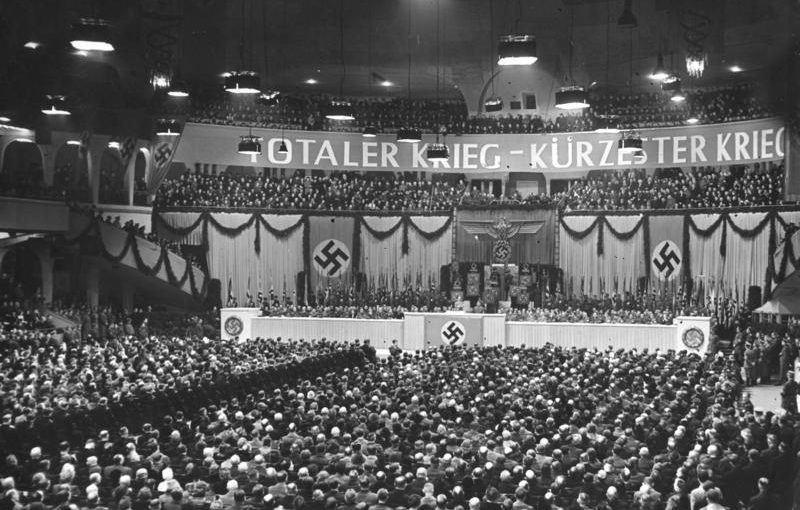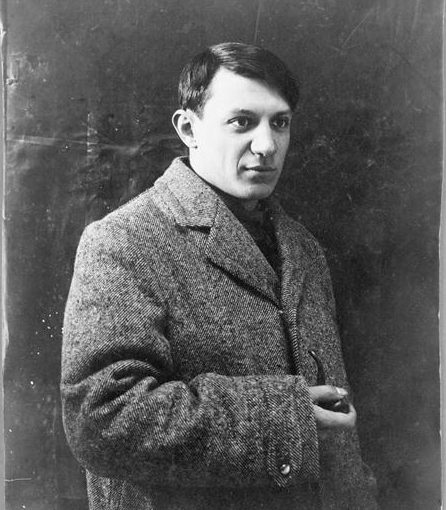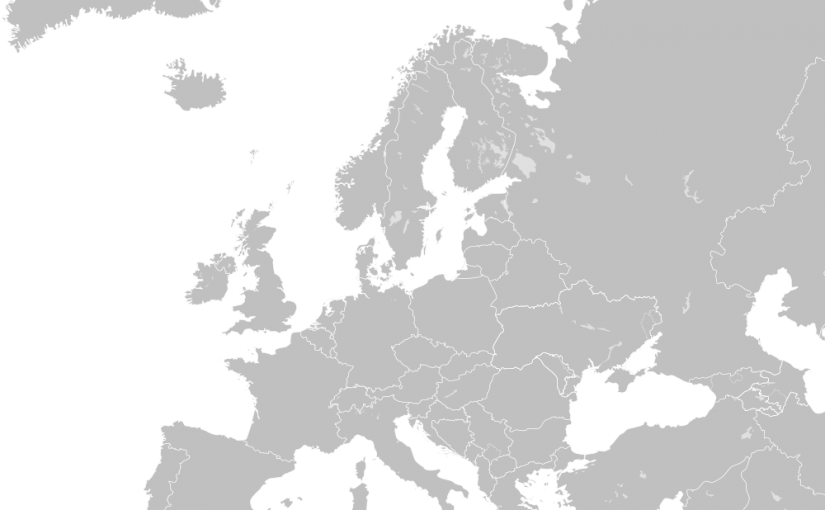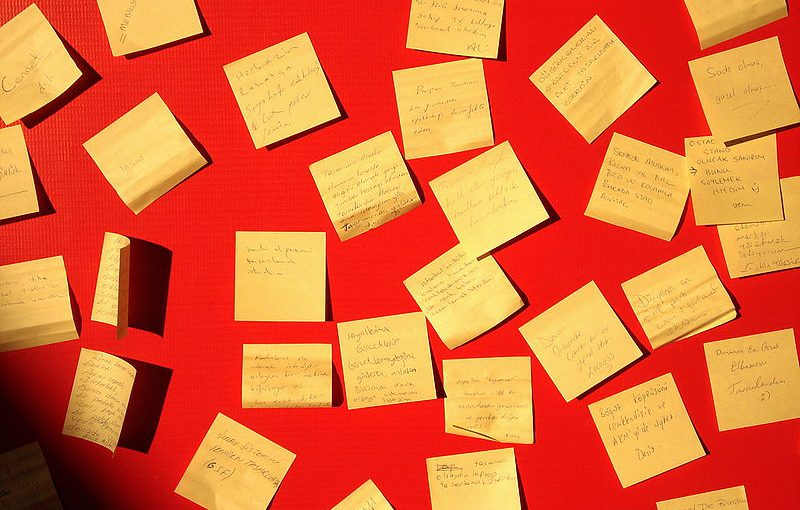-
Picture Sorts

Helping students to categorise and define events and ideas Students analyse images before putting them in thematic or chronological order. The teacher provides any number of images for the students to analyse and discuss before putting them in an order, either thematic or chronological. This will help students define key ideas or events of a…
-
Analysing Historical Propaganda Speeches

Helping students to understand how audiences can be manipulated by speeches In-depth analysis of a propaganda speech in order to identify and be able to spot elsewhere the many ways in which people can be manipulated. The purpose of the strategy is to take time to look at a speech in two forms, as text…
-
Questioning a photograph

Helping students engage by using a personal approach Instead of providing the information immediately, a considerable amount of time is spent on developing questions about the photo. A photo of a person relevant to the topic being studied is carefully scrutinised. The photo does not give away too much – more details may be revealed…
-
Making an Imaginary Map

Helping students to develop their sense of place Students get pieces of paper with the names of countries. They have to distribute the names across an imaginary map, This could be at their desks, or using the whole of the classroom. This improves and revises their knowledge of geography. Having a sense of place and…
-
How to make things stick: True/false

Helping students to revise historical details Students recap by only copying statements they believe to be true. A number of statements from last week’s or month’s lessons are put forward by the teacher, on the black board or on pieces of paper that are stuck to the wall. Students copy only the statements they believe to…